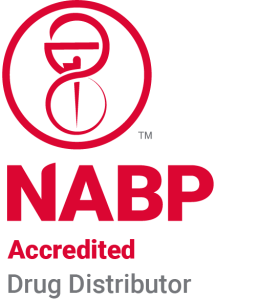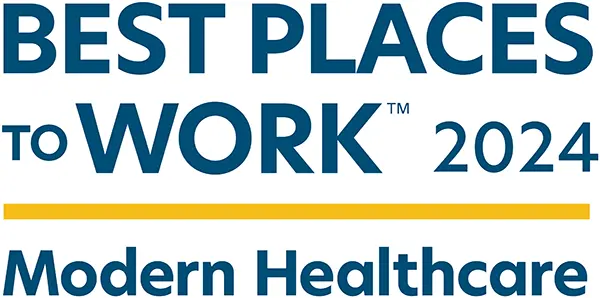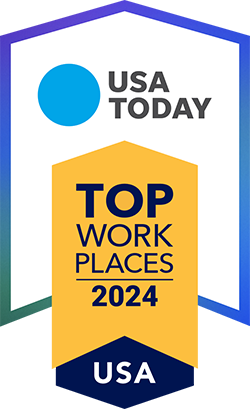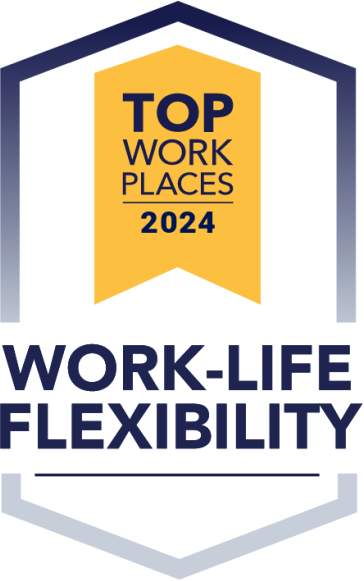Pharmacy Owner Feedback, May edition
By Matt Tompkins, Director of Marketing & Member Engagement
May brought opportunities to get out into the pharmacy owner community and here is what we heard.
The first and most consistent challenge that owners are facing is staffing. We heard about difficulty hiring, employees not showing up, and attitude and effort being lackluster.

We met with one owner from Indiana who said. “I conduct interviews across a week, find someone who I feel is qualified, then they show up for one day and never show up again.” This is a story that we have heard before and one that absolutely tests our patience. As pharmacy owners you know what it means to roll up your sleeves and get to work, even when it is not glamorous. You have certainly performed every single job in the store. Trying to relate to someone who takes the time to go through interviews, background checks, and hiring paperwork, only to spend one day on the job before quitting is hard to comprehend.
This is a complicated problem because it involves people. People have different backgrounds and experiences and bring their uniqueness to your store. One place to start to improve your hiring process is to leverage the foundation of your values. What are your values? What are the values of your organization? Take those values and craft interview questions around them.
For example, if respect is one of your core values, what does respect look like in your pharmacy? Maybe respect is when someone jumps in to help a teammate when they are in the weeds. If that is the type of employee your team would like to work alongside then asking an interview question like, “Describe a time when you supported a teammate who was struggling.” Then listen for specifics. A quality candidate will have a very specific scenario to share.
Team development and leadership are critical skills that are learned, practiced, and improved. One current opportunity to take the next step in your leadership journey is through NCPA’s CORE program.

The second theme to our conversations when we asked, “what are your biggest challenges,” was implementing Med Sync. We met with a store in Washington state who told us they are operating around 10% of their patients on Med Sync and they are really struggling to get the number higher than that. Patients come in on their sync day and refuse a medication or two saying, “I still have some of those.” Others don’t want to pay the copays all at once, and a third group just likes to come into the store multiple times a month. If you’re reading this and have struggled with getting Med Sync to take off in your store, I am sure you have heard these same reasons for patients not sticking to it.
Med Sync, medication synchronization, is hard at first and doesn’t really feel like it is worth it until you have about 30-35% of your patients synched. Years ago, I met with a store manager and pharmacist for a store doing about 13,000 scripts per month. She told me, “Once we got to 35% of our patients synched, I got two days back to work on the business. I have been here ten years, and I didn’t know it was possible.” In meeting with a store this month in Nebraska, they shared that they are at just over 50%. They say the key to their success is their cashiers. Once they had the buy-in from these important team members, who are the face of the store, their numbers started to rise. They were the ones explaining the value of the program for the patient and getting them to enroll.
If you need some help thinking about how to get buy-in from your team and how it benefits them, here are a couple ways to think about the value of med sync to your team.
Reduce the number of phone calls. Imagine taking 100 of your multiple prescription patients, who on average come to the store 3x per month. That’s likely 200-300 inbound phone calls. Calls that need to be reacted to. Calls where your staff is in the middle of doing something, get interrupted, and then need time to refocus. Imagine getting those 100 patients on med sync and reducing your inbound call volume by 200-300 calls and instead replacing them with 100 outbound calls. Calls that are scheduled and proactive.
Another operational efficiency that your team will feel is the impact of the additional checkouts. Reducing the number of pharmacy visits reduces the number of times you have to check them out. With reduced transactions creates the time to operate more efficiently and conduct more effective interactions to improve patient outcomes.
As you begin to prioritize patients to enroll in your med sync program, have your team quantify the reduction in calls and checkouts so they can feel an immediate sense of helping improve the business, reducing how reactive they need to be and adopting a more proactive approach. Create a scoreboard that clearly displays your goal for enrollment. Then update it each day with the number of conversations offering the service, the number of patients enrolled, and the expected number of reduced calls, transactions, and deliveries.
Staff leadership and development and operational improvements are inextricably intertwined. Implementing new programs, aka change, requires effective leadership. If you struggle with either or both of these issues, today is the best day to take the next step towards a solution. Let us know if you are ready to take your next step, we are here to support your success.






